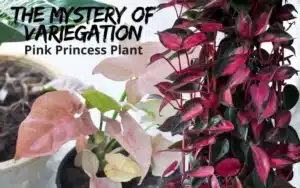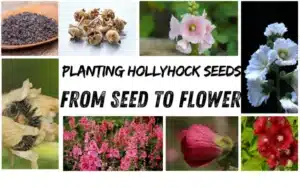Space is limited. Want a stylish, easy-to-care-for garden? Trough planters are the answer! These long planters make it easy to create vibrant gardens in any setting. Trough planters are versatile, durable, and look great.
I. What is a trough planter?

A trough planter is a long, skinny pot used to grow plants and flowers. They used to be made of rock or terracotta, now you can find them in metal, wood, and plastic too. They work great for indoor and outdoor gardening and look good. Trough planters are versatile and make any garden or home look fancy. A trough planter is perfect for a cool herb garden on your deck or a colorful flower setup on your balcony.
Why choose a trough planter?
A long planter is great for beginners and experienced gardeners. It’s perfect for folks with limited outdoor space.
- Put these planters against walls or use them as screens to add privacy.
- Choose from many designs, materials, and sizes to make your garden unique.
- Grow lots of different plants in them, from veggies to flowers, so your garden can be both practical and stylish.
II. Types of Trough Planters
Materials:
- Wood: Wooden trough planters made from durable materials add a natural touch to any garden or balcony. Cedar trough planters are great for organic gardening because they don’t rot or attract pests. Redwood is strong and doesn’t crack or warp. Pine is not as resistant to decay as cedar or redwood, but it can be treated with stains and sealants, making it a more affordable option for a rustic or classic garden setup.
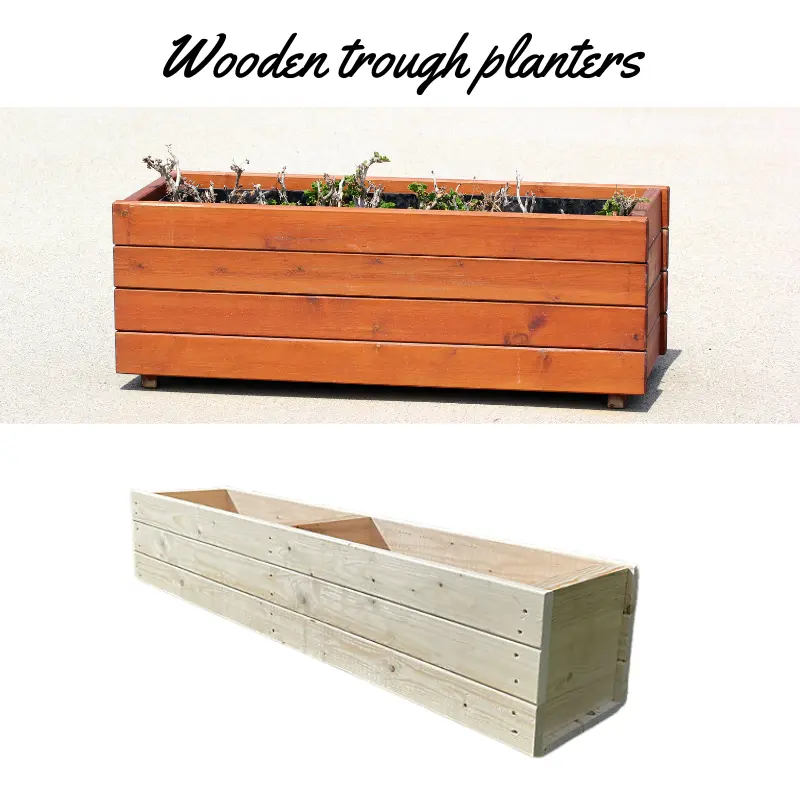
- Metal trough planters: Especially those made from steel, copper, and aluminum, look modern in any garden.
- Galvanized steel trough planters last a long time and don’t rust.
- Copper trough planters develop a green patina over time, adding a vintage charm to your garden.
- Aluminum planters are lightweight and resistant to corrosion, making them suitable for both indoor and outdoor settings.

- Stone trough planters: Are a classic symbol of old-school gardening. They’re tough and look good. Concrete trough planters can be made in many shapes and styles, so they go with any garden vibe. Terracotta is reddish-brown. It’s good for plants because it lets the roots breathe and creates a nice spot for herbs, veggies, and flowers. Both materials are popular with garden lovers because they look good and last a long time.
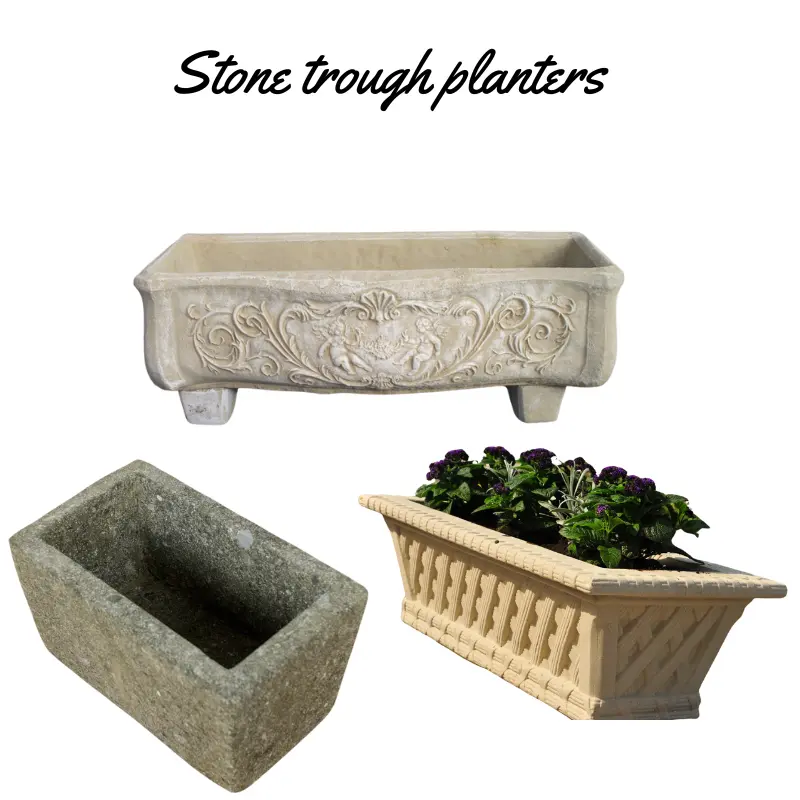
- Plastic trough planters: A budget-friendly and handy option for gardeners. They’re tough and can handle bad weather. Plus, they’re light and come with drainage systems. Perfect for those who like to change their garden look often. Plastic trough planters cost less than planters made from natural or metal stuff, but they come in lots of different styles and colors.

Styles:
Modern:
Modern trough planters have clean lines and geometric shapes, which look cool in modern gardens. They’re usually made of metal, concrete, or plastic and come in different finishes. These planters let the plants stand out. Modern trough planters have a variety of shapes and finishes to suit any design style.
Rustic:
Rustic trough planters are for nature lovers. They use materials that fit in with the outdoors. These planters are often made of wood, like cedar, pine, or redwood. They can look old or worn. The wood and colors make a peaceful garden spot. Rustic trough planters go well with classic gardens, cozy landscapes, and modern gardens. They show the beauty of aging naturally.
Contemporary:
Contemporary planters are cool because they come in bright colors and are made from different materials. These planters can be made from recycled plastics, fiberglass, or fabric. They have bold colors and unique textures. The goal is to make people happy by making the planter a big part of the garden. They’re great for anyone who wants to show off their personal style in their garden. These modern planters are different from the usual look and give a new way to plant.
Creating your own trough planter
Making your own trough planter is a fun DIY project. You can make it your own, whether you start with something old or start from scratch. You can make a planter out of wood, metal, or concrete. This is good for the environment. With a little creativity, tools, and effort, you can make a unique trough planter that reflects your style and fits your garden.
III. Trough Planter Ideas & Inspiration
Flowering trough planters: Flower combinations, seasonal options
Flowering trough planters are all about mixing different flowers to make a space look super colorful and cool. You gotta pick the right mix of annuals and perennials for each season so that your planter keeps blooming all year. Think tulips and pansies for spring, or petunias and geraniums for summer. If you’re not into all the care, go for native flowers or ones that can handle drought. Oh, and make sure to mix up the heights and textures for a real wow factor and to help out the environment.
Vegetable garden trough planters: Vegetable choices, vertical gardening
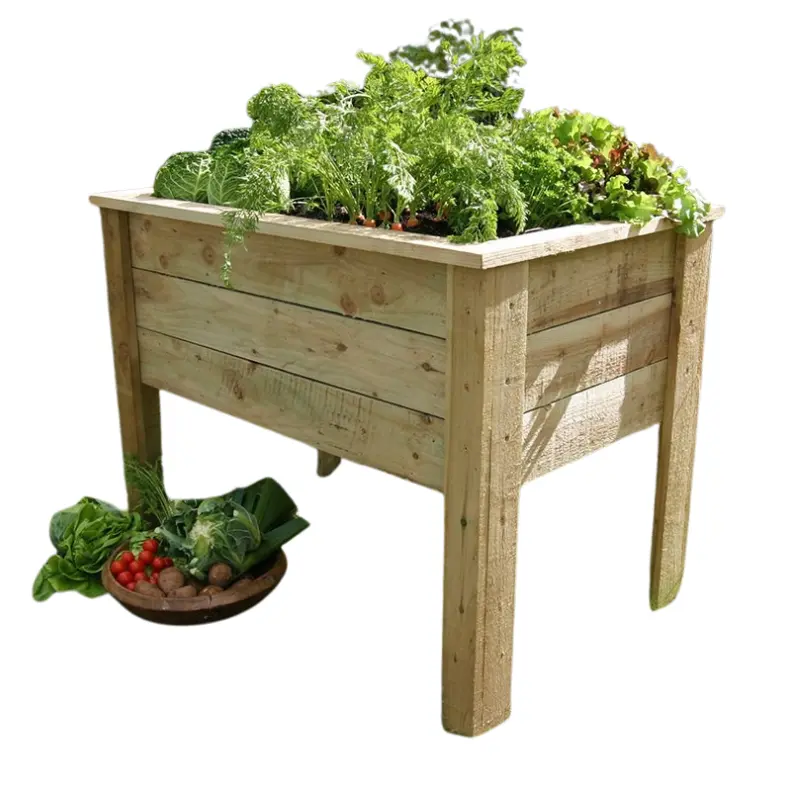
If you don’t have much space, use trough planters to grow vegetables. Grow tomatoes 🍅 and peppers 🌶️. Use trellises or climbing frames to grow high and save space. You’ll get fresh veggies and a nice garden. Mixing veggies keeps pests away and helps them grow.
Herb garden trough planters: Popular herbs, companion planting

Growing herbs in a trough planter is practical and smells great. Herbs like basil , parsley, and mint love this setup and are easy to take care of. Some herbs help each other when planted together. Just give them sun and water, and you’ll have fresh herbs.
Succulent & cactus trough planters: Low-maintenance, drought-tolerant

Succulents and cacti 🌵 trough planters are simple. These plants don’t need much water or attention and look cool. You can keep it simple with one type of plant or mix it up for a more interesting look. They’ll also give your space a modern or exotic look.
IV. What to Plant in Trough Planters & Where
Choosing the right plants:
- Sun & Shade Tolerance:
Pick plants for your trough planter depending on whether they like sun or shade. Some plants like sun, some like shade. Select plants that will thrive in the light conditions of your trough planter. Succulents and flowers love lots of sun, while ferns and herbs prefer the shade. Making a good choice will keep your trough planter looking great throughout the year.
- Size & Growth Habits:
When planning your trough planter, think about how big your plants will get and how they grow. Some plants grow tall and might shade out smaller ones, while others spread out wide and need room to grow. Knowing these things helps you make a nice arrangement where every plant can do well.
Put taller plants in the middle or back of the trough and shorter ones at the sides to make it look good. Also, think about how deep the roots go, especially for veggies and big plants. They need enough space to grow healthy roots.
- Watering
I used to overwater my plants until I learned this trick from an experienced gardener. The trick is to group plants with similar water needs together in a planter to keep the plants and water efficient.
Some plants, like succulents and cacti, don’t need much water, while others, like vegetables and annuals, need it all the time.
Plants that need the same amount of water will grow better. This ensures each plant gets the right amount of water, leading to a better garden.
Plant placement & spacing:
- Tall vs. Short Plants:
Placing tall and short plants in your trough planter creates visual interest and balance. Taller plants can be the main focus, while shorter plants can be in the background. This makes your planter look better and lets each plant get enough light and air. Carefully choosing the heights of your plants can result in a well-composed display that captures the eye.
- Spacing for Growth:
It lets roots grow and lets air in, which is good for the plants. Plants in a small space compete for resources, which makes them grow slower and more susceptible to pests and diseases. If you give each plant enough space, it will grow better. Also, spacing plants according to their mature size means you don’t have to move or remove them later, letting your garden grow without problems.
V. Designing Your Trough Planter
Choosing the sight size and shape: Match the space and the plants’ needs.
When designing your trough planter, choose the right size and shape to fit the space and the plants. Where will the planter go? Is it a narrow balcony, a spacious patio, or an indoor sunroom? The planter should fit the space without being too big, so you can move around easily and get enough sunlight. The size and depth of the planter must be right for the roots of your plants. Taller plants need deeper troughs, while shorter plants need shallower ones. Matching the planter to its location and occupants creates a harmonious garden display.
Drainage:
Drainage holes are important for trough planters. They prevent water from pooling at the bottom, which can lead to root rot. Make sure your planter has good drainage at the bottom. Adding a drainage layer of gravel, broken terracotta pots, or recycled plastic packing peanuts helps water flow away from plant roots. This setup protects plants and extends the life of your planter by preventing water accumulation and decay. A good drainage plan is important for healthy plants and good displays.
Soil Selection: Choose the right soil for your plants
The soil you choose affects how well your trough planter garden grows. Different plants need different soil. Succulents and cacti need well-draining, sandy soil, while vegetables and flowers need richer, loamier soil. Adding compost makes soil healthier and helps plants grow well. You should also think about the pH of the soil and adjust it if needed. You can use additives to create the best growing environment. The right soil gives plants the best start, leading to a healthy garden.
Steps for planting in a trough planter
I started with a simple herb garden in my trough planter – basil, rosemary, and thyme. Planting in a trough planter is all about following a few important steps to keep your garden in good shape for a long time.
- Make sure your planter drains well.
- Use the right soil mix and leave some room at the top for watering.
- Place your plants taller ones at the back or in the middle, and shorter ones at the sides or front.
- Take your plants out of their pots gently, loosen up the roots if they’re all tangled.
- Water generously and put some mulch on top to help keep the soil moist and prevent weeds.
VI. Caring for Your Trough Planter
Watering: How often to water
To water your trough planter, check the soil with your finger. During hot times, you might need to water more. If it’s in the shade or a cooler spot, you can water less. Keep your plants hydrated and thriving by sticking to a watering routine.
Fertilizing: Feeding your plants
The type and amount of fertilizer depend on what you’re growing. A general fertilizer is a good choice for most flowers and veggies. Tomatoes need more phosphorus for blooming and fruiting. Don’t fertilize dry soil. Use slow-release or organic fertilizers for a longer-lasting effect. Feed your plants regularly to keep your garden looking good.
Common problems: Prevention and treatment
When I first started, I struggled with pests and diseases, which are bad for a trough planter garden. Check your plants regularly for problems. Keep your garden clean, not too crowded, and well-ventilated to prevent problems.
Winterizing: It’s Cold Out There!
Now, about that winter thing… and you don’t want to lose your gorgeous trough planter plants.How to tell if your plants are cold?
- Wilting: Plants might start to droop and look sad.
- Brown spots: Leaves might develop brown spots or edges.
- Stunted growth: Growth will slow down or stop altogether.
Here’s how you can protect them:
- Bring indoors (if possible): If you’ve got the space, bring your trough inside to a frost-free location. It’s like a little winter vacation for your plants!
- Insulate (if outdoors): You can wrap your trough in burlap or bubble wrap to give it extra protection against the cold. Think of it as a cozy winter coat.
- Mulch (for root protection): Add a thick layer of mulch around the base of your plants. This helps protect the roots from freezing temperatures.
- Choose cold-hardy plants: If you’re keeping your trough outdoors, select plants that are known for their cold hardiness.
Just give your plant babies a little extra love and they’ll make it through winter like champs!
VII. Where to Buy Trough Planters
Ready to buy a trough planter? Where do you start? We’ve got you covered!
Online retailers: Links to popular online stores
The internet is full of trough planters. You can find all kinds of styles, sizes, and materials. Here are a few favorites:
- [Link to online store 1]: They’ve got a great selection of modern and stylish trough planters, plus helpful reviews from other customers.
- [Link to online store 2]: This one’s known for their wide range of materials, from classic wood to trendy concrete.
- [Link to online store 3]: You’ll find everything from basic planters to more unique designs here.
Home Improvement Stores: Local options
If you want to see things in person, go to your local home improvement store. You’ll find a good selection of trough planters at most stores.
- Link to local home improvement store 1: You can always count on them for a good selection and competitive prices.
- Link to local home improvement store 2: This place usually has some really cool and unique planters.
Garden Centers: Specialty stores
Specialty garden centers are your best bet for finding a wide array of trough planters, along with expert advice. These folks know their stuff!
- Link to local garden center 1: They often have local artisans’ work, so you might find a truly unique trough planter here.
DIY Option: Creating your own trough planter
Are you crafty? Make your own trough planter. There are many DIY projects online using materials like:
- Wood: Easy to work with and adds a rustic touch.
- Metal: Gives a modern look.
- Concrete: Is trendy and durable.
Search online for “DIY trough planter” for inspiration.
Trough planters are awesome for adding some green to your place. They’re a space-saver, low-maintenance, flexible, and trendy. Just go for it! You’ll be surprised by how simple it is to make a pretty garden. Try out various plants and looks. We’ve got your back. Show off what you create! Enjoy gardening!
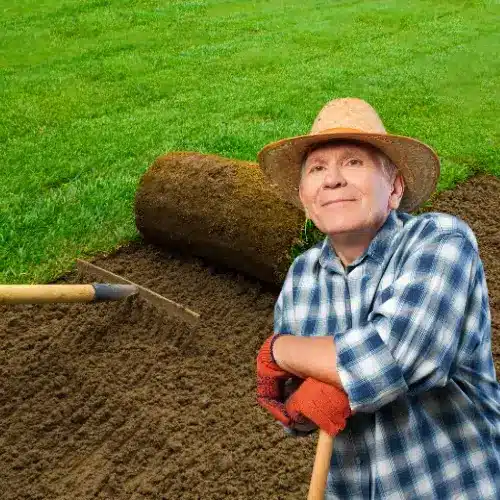
About the Author
Experienced gardener with 20 years’ expertise in home gardens.
I share with you tips and tricks I’ve learned over the years to help keep your plants happy and healthy.

